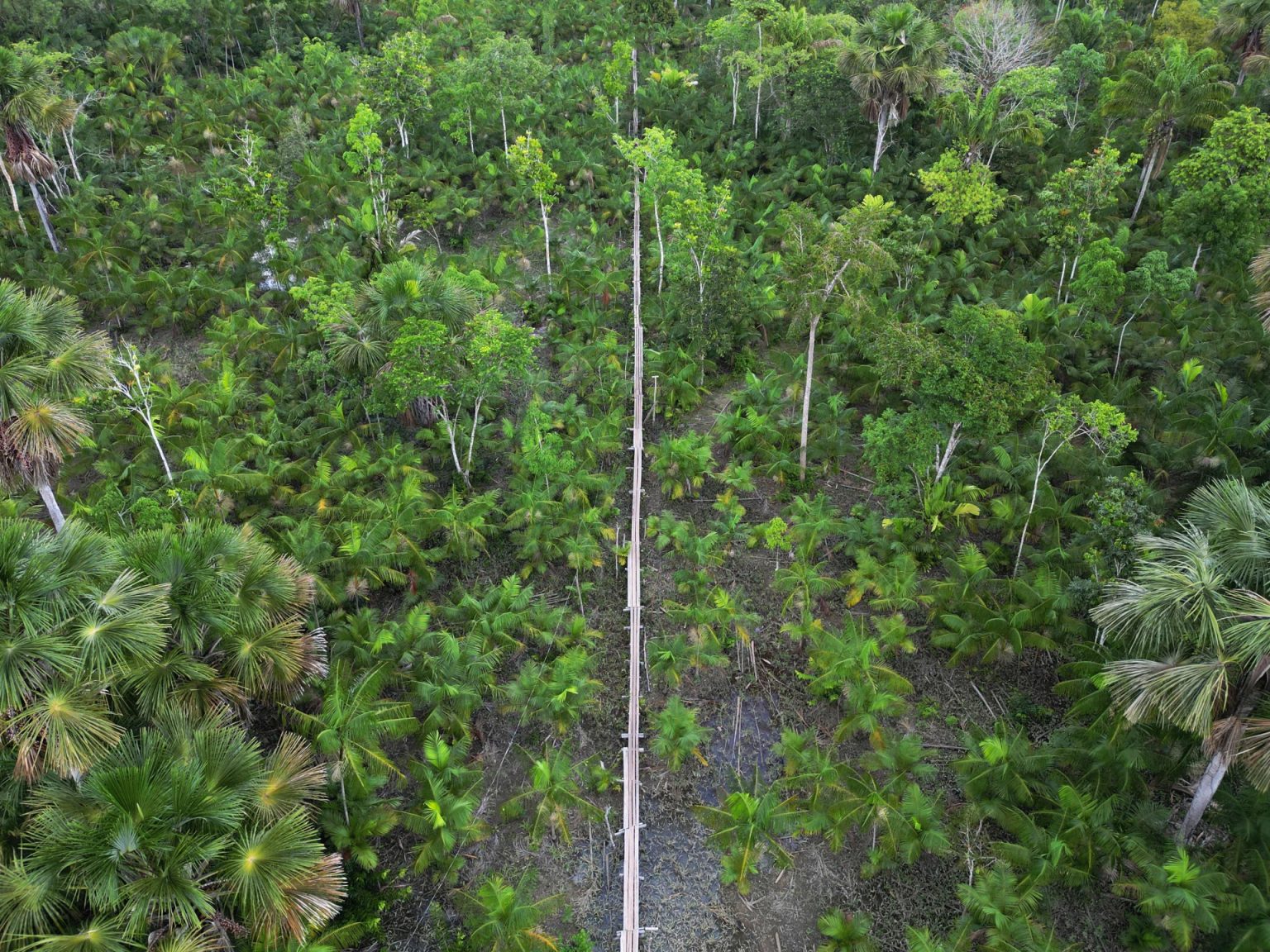The International Union for Conservation of Nature (IUCN) has published a report revealing that tree species are at risk of extinction in 192 countries. More than one in three species of trees are facing extinction worldwide, with over 16,000 species deemed at risk out of an estimated 58,000 species in existence. Trees are being cut down for logging, to clear land for farming and human expansion, and climate change is exacerbating the threats through droughts and wildfires. Over 5,000 tree species on the IUCN Red List are used for construction timber, and more than 2,000 species are used for medicines, food, and fuels.
Species at risk include well-known trees like the horse chestnut, ginkgo, and big leaf mahogany, as well as various ash, magnolia, and eucalyptus species. The report also highlights the fact that the number of threatened tree species is more than double the number of threatened birds, mammals, reptiles, and amphibians combined. The report notes that the highest proportion of endangered tree species is found on islands due to rapid urbanization, expanding agriculture, and the introduction of invasive species, pests, and diseases from other regions.
In South America, which is home to the Amazon jungle and has the greatest diversity of trees in the world, 3,356 out of 13,668 assessed species are at risk of extinction. The report warns that many species on the continent may still be undiscovered, but when they are found, they are likely to be threatened with extinction. The IUCN is calling for forest protection, restoration through tree planting, and the conservation of endangered species through seed banks and botanic garden collections. IUCN Director-General Grethel Aguilar emphasized the crucial role of trees in supporting life on Earth and the dependence of millions of people on them for their lives and livelihoods.
The publication of the report coincides with the United Nations COP16 summit on biodiversity in Cali, Colombia. The UN Environment Programme (UNEP) estimates that annual spending on nature needs to increase to $542 billion by 2030, up from $200 billion in 2022, in order to halt nature loss and meet climate goals. This underscores the urgent need for global action to protect and conserve tree species and ecosystems worldwide. The IUCN report serves as a stark reminder of the threats facing trees and the importance of taking immediate action to safeguard their future for the sake of biodiversity and human well-being.













